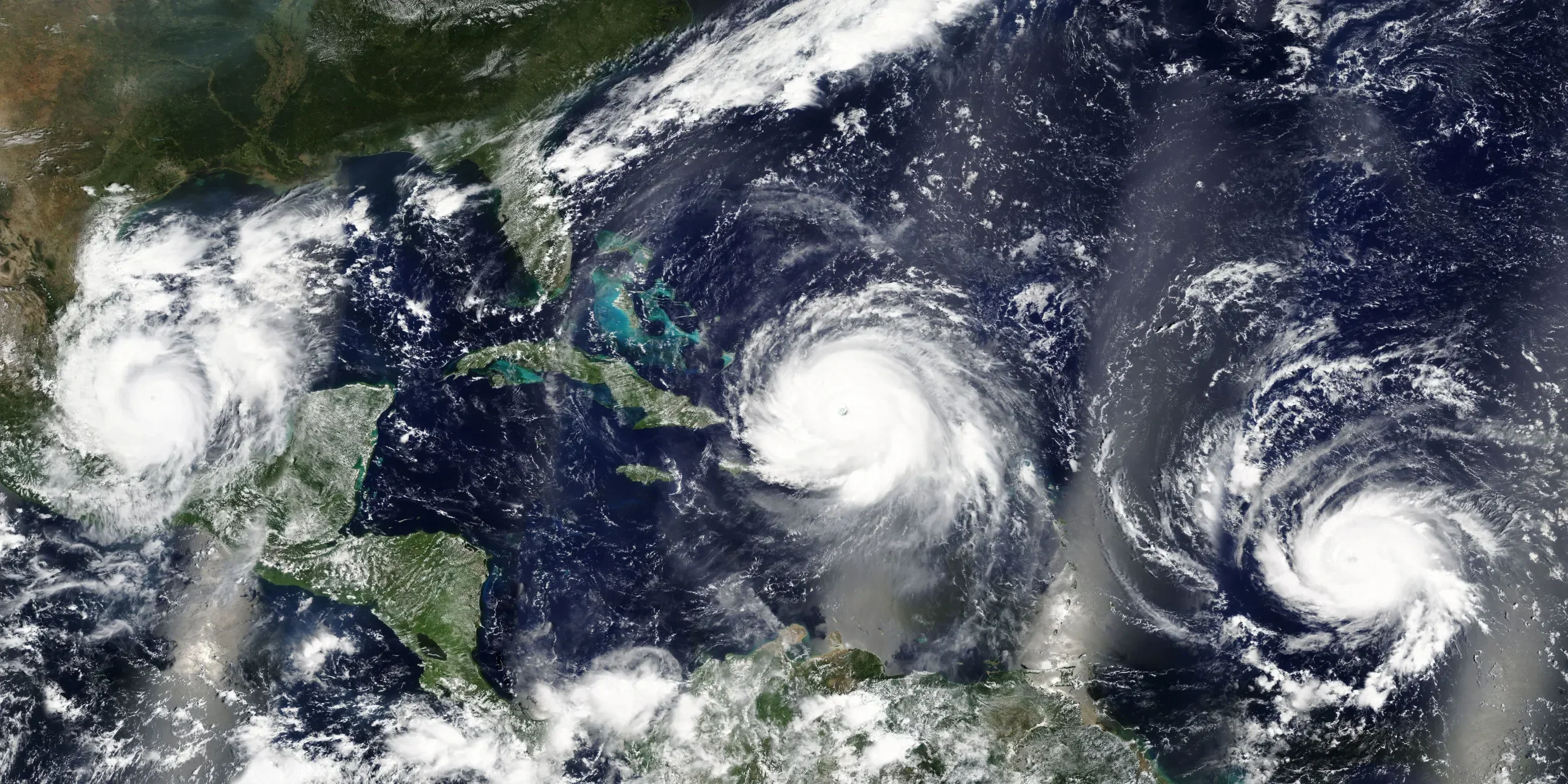
Is your Public Sector Contact Center Prepared for Climate Change?
Over the past several years, the words “natural disaster” have taken on new meaning.
It unfortunately feels all too natural when blizzards, hurricanes, tornados, fires and floods disrupt, and often devastate, communities across every corner of the country. In 2021 alone, there were 20 weather/climate disaster events with losses exceeding $1 billion in the US, according to a recent study by NOVA. Most scientists predict that these trends will continue – and even worsen – for years to come.
During these extreme weather events, and other disasters, the public relies on their local government agencies for critical information and services to manage their health, safety and livelihoods. These agencies must be prepared to not only handle an influx of calls from the public, but also to provide proactive communications and alerts to keep their communities informed. Additionally, agencies must have disaster recovery plans that include contingencies if government workers are unable to come into the office; these workers must be able to access their agencies’ systems and operate remotely.
Fortunately, technology solutions like the Five9 Intelligent Contact Center can help local government organizations meet these challenges and ensure they can be there for their communities when it matters most. Let’s look at a few examples.
How NJ 211 Stays Open for Its Community During Disasters
NJ 211 is a statewide information and referral service for New Jersey that plays a pivotal role during natural disasters and emergency events. The organization works closely with the state departments, voluntary organizations, and other 211s to deliver critical information to the public and communicate emerging trends to government agencies and first responders who can help. NJ 211 uses the Five9 Intelligent Cloud Contact Center to route calls based on priority and type of request, provide important information through recorded messages, and point callers to other resource hotlines.
In late October 2012, Hurricane Sandy struck the Atlantic coast, causing billions of dollars in damages and costing the lives of more than 250 people in seven countries. New Jersey was among the hardest hit. With Five9, NJ 211 handled nearly 90,000 calls during and in the weeks after the hurricane. This would have been impossible with its previous telephony system that relied on three T-1 lines, each of which went down during the hurricane and remained down for three weeks.
When call volume became too high for NJ 211’s specialists to handle on the second day of the hurricane, the organization decided to dispatch 30 percent of inbound calls to Florida’s Palm Beach 211 and then increase or decrease that flow as needed. During the next several days, NJ 211 directed thousands of calls to other partners, eventually sending a percentage flow of inbound calls to four different locations— Palm Beach 211, Houston 211, Vermont 211, and a second NJ 211 contact center. The routing was handled internally, and callers were able to get the resources they needed for information.
In 2020, as the NJ 211 contact center began receiving calls about the COVID-19 pandemic, the organization had to start thinking about how its team would be able to work remotely and handle the anticipated increase in call volume as it has done in the past for natural disasters. With Five9, they were able to deploy 80% of staff to work remotely very quickly and efficiently.
“You don’t need much bandwidth with Five9,” said Rory Britt, IT Manager, NJ 211. “The call quality is good and so is the reporting. Being able to do this remotely when needed has been a simple and easy process and it’s worked very successfully for us.”
Read more about NJ 211’s success story by reading the full case study.
Public property insurance organization deploys an AI-powered digital workforce to weather hurricane season
A government entity providing local property insurance to the public needed to enhance its Interactive Voice Response (IVR) system, which is used to triage callers to contact centers where live agents can assist with claims, payments and other business activities. The organization typically receives up to 2,000 calls per day, but during hurricane season, that number can jump between 10,000 and 15,000.
The organization needed to move from their legacy on-premises solution to a hosted platform that would allow them to operate a more streamlined, customer-focused service center and quickly scale up support for periods of peak demand. They deployed a cloud-based solution that includes 250 Five9 Intelligent Virtual Agents (IVAs). This “digital workforce” of IVAs serve as auto attendants, using DTMF and directed dialog to route policy holders to the correct call centers and agents. The solution also includes auto attendants for employee services like its hurricane hotline.
The IVAs integrate with the organization’s corporate records management system using a REST API to validate caller information, such as policy numbers and ZIP codes. When call volume reaches capacity, call routing to a pre-determined destination automatically begins without the need for manual intervention. IVAs can also route calls based on time of day, week or specific date. Additionally, the platform delivers real-time and historical call information with flexible reporting options that can generate daily, weekly, monthly, quarterly and yearly reports of all IVA metrics.
The system allows the organization’s customer care center to scale up and down as demand fluctuates. It has also improved First Call Resolution rates because the IVAs can accurately route callers to their intended destinations the first time, receive policy information and process payments. The user-friendly, code-free IVA platform gives the IT team complete control over the solution and allows them to make updates quickly to respond to business changes in real time. They can also use the platform to proactively send SMS messages to hundreds of thousands of policy holders within minutes during an emergency.
Next Steps
These are just a few of the ways local public sector agencies can leverage cloud technologies to prepare their organizations – and their communities – to respond during disasters. If you’re ready to realize these benefits in your own organization, Five9 and our Partners have deep experience working with public sector organizations, and we’re looking forward to hearing from you.
You can also read my previous blog post to learn more about how state and local government and education agencies use AI-powered technologies to drive next-gen engagement experiences for the public.



